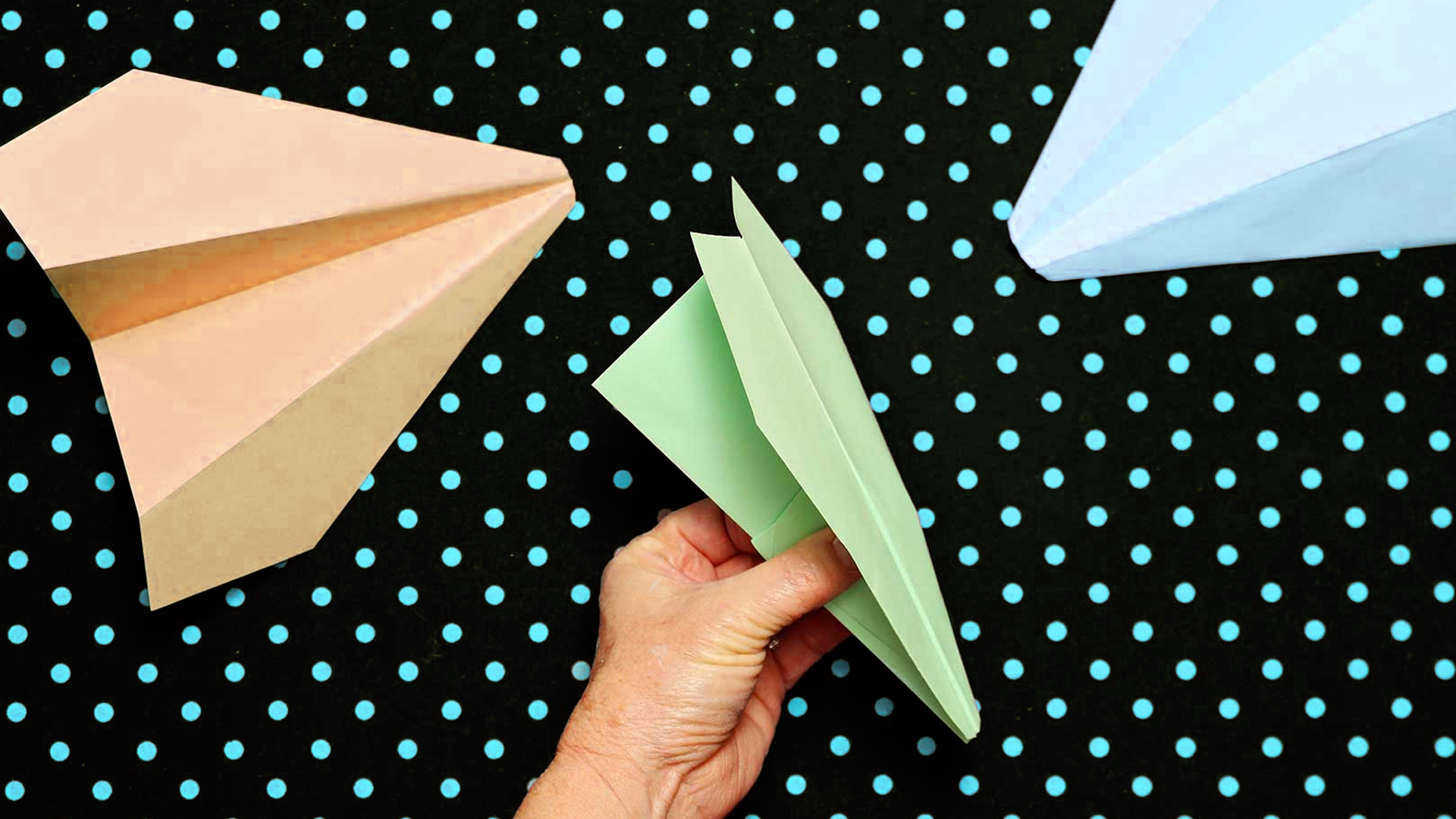Aerodynamics and the Forces of Flight

Aerodynamics isn’t just for pilots, it’s for anyone who’s ever folded a paper airplane or wondered how birds fly.
The Dive
When you throw a paper airplane, you’re not just messing around, you’re doing physics. That simple toss introduces you to the invisible rules of flight, the same ones pilots and engineers work with every day. Welcome to the world of aerodynamics: the study of how things move through air.
Four major forces shape everything that flies: weight, lift, thrust, and drag. These forces are like teammates and rivals all at once, each playing a role in keeping an aircraft in the sky, or bringing it back to the ground.
Weight is the pull of gravity. It drags everything toward the Earth’s center. In flight, weight isn’t just about how heavy something is, it also includes passengers, fuel, and cargo. Engineers work hard to design aircraft that are light enough to fly but strong enough to carry what’s needed. The airplane's balance point, called the center of gravity, can shift during flight as fuel is used or weight moves. Pilots monitor and adjust for this to keep the plane stable.
To fly, you need to fight that downward pull, and that’s where lift comes in. Lift is the upward force that opposes weight. It’s created by the motion of air over the wings. Wings are curved on top and flatter on the bottom, which causes air to move faster over the top and slower underneath. This difference in pressure creates lift and helps the airplane rise. Even gliders without engines rely on lift, catching rising air currents to stay aloft.
But wings alone won’t get you moving. That’s the job of thrust, the force that pushes an aircraft forward. Engines generate thrust, whether it’s a propeller spinning or a jet engine blasting. More thrust means more speed—and more speed can mean more lift. On your paper airplane, your hand is the engine. A strong throw provides the thrust it needs to glide.
Then there’s drag, the force that fights against thrust. Drag is caused by air resistance. Everything moving through air experiences drag, even you when you stick your hand out the car window. Engineers try to reduce drag by designing sleek, smooth aircraft. Even small changes, like the addition of winglets on wingtips, help reduce special kinds of drag and improve efficiency.
When these four forces are balanced just right, you get smooth, level flight. If one force is stronger than the others, you get changes: more thrust makes the plane speed up, more lift makes it climb, more drag slows it down, and too much weight pulls it into a descent.
The best part? You can test all of this yourself. Try folding paper airplanes with different wing shapes, weights, or designs. Add a paperclip to the front and watch how the center of gravity shifts. Change the wingspan and see how that affects lift and drag. Every flight is a mini science experiment, teaching you how real aircraft behave.
And aerodynamics isn’t just for airplanes. It’s used to design fast cars, speedy swimsuits, and even spacecraft entering other planets' atmospheres. NASA scientists and engineers use these principles to build safer, faster, and more efficient ways to travel—not just on Earth, but across the solar system.
So next time you launch a paper airplane, remember: you're not just playing. You’re experimenting with the same forces that keep jumbo jets in the sky and rockets heading to Mars.
Why It Matters
Aerodynamics helps us understand how things fly and how to make them fly better. From emergency helicopters to interplanetary space missions, mastering the forces of flight means we can deliver aid faster, travel more efficiently, and explore places we’ve only dreamed of. It’s not just about flying—it’s about innovating, solving problems, and pushing boundaries. Every young engineer who learns about lift, thrust, drag, and weight is one step closer to reshaping the future of transportation and exploration.
?
How does the shape of an airplane wing help it generate lift?
Why is drag something engineers try to reduce in flight design?
What happens if thrust is greater than drag?
Why do you think paper airplanes with different shapes fly differently?
How do engineers apply aerodynamics in designing cars or sports equipment?
Dig Deeper
A clear and visual explanation of how lift works on an airplane wing.
Demonstration of the forces of flight using simple materials.
Related

Powering the Future: Energy and Renewable Solutions
From sunbeams to spinning turbines, renewable energy is shaping our planet’s future. Learn how energy works, where it comes from, and how engineers are helping build a cleaner, brighter tomorrow.

What Is Buoyancy?
Why do ships float, submarines dive, and balloons rise? It all comes down to buoyancy—the force that pushes up.

Build the Future: Exploring Robotics Engineering
Robots aren’t just science fiction—they’re science in action. Robotics engineering combines creativity, coding, mechanics, and problem-solving to build machines that help us explore, create, and care.
Further Reading
Stay curious!
